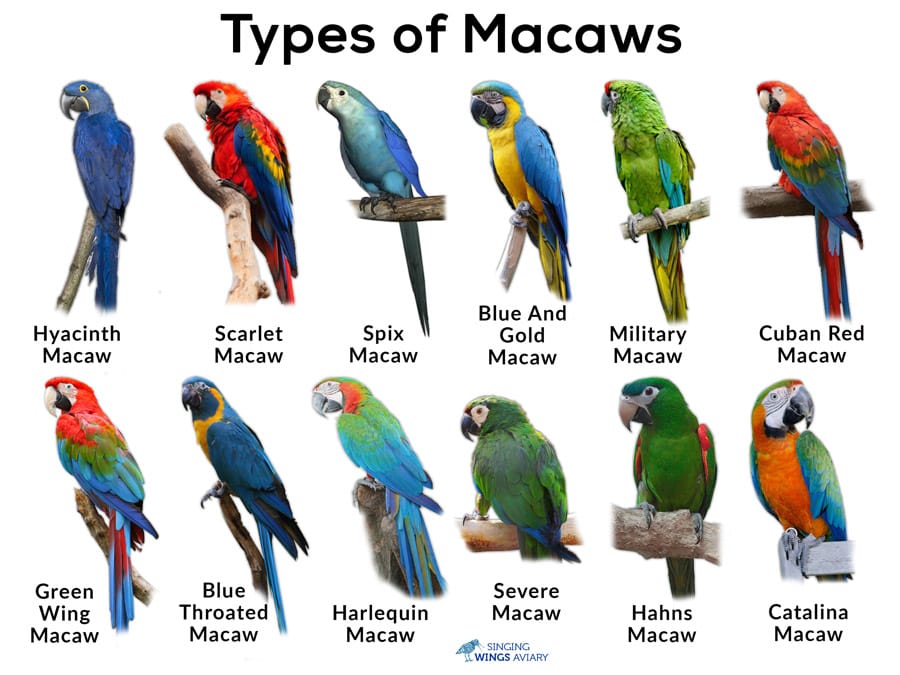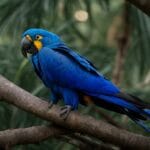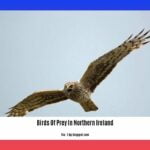The Glaucous Macaw and the Hyacinth Macaw: two stunning, large macaw species with a shared family history and captivating beauty. While these birds share striking similarities, their stories have taken drastically different paths. Let’s delve into the fascinating world of these macaws, exploring their likeness, their differences, and the conservation efforts in place to protect these majestic creatures.
Why are the Glaucous Macaw and Hyacinth Macaw So Alike?
Upon first glance, the Glaucous and Hyacinth Macaws might appear as twins with their vibrant blue feathers. While not genetically identical, these birds share a close evolutionary kinship. Both belong to the Anodorhynchus family, a group known for their impressive size and, of course, their remarkable blue plumage. It’s a striking example of how evolution can lead to similar features in species that occupy similar ecological niches.
It’s All About That Blue (and Those Beaks!)
The most apparent similarity is their breathtaking blue feathers. This vibrant color isn’t just from pigment; it’s the result of light refracting off the unique structure of their feathers, much like a prism creating a rainbow. Furthermore, both species possess large, powerful beaks, perfectly adapted for cracking open the tough palm nuts that make up a significant portion of their diet.
Shared Habitats and Lifestyles
Both the Glaucous and Hyacinth Macaws call the South American grasslands and palm swamps of the cerrados their home. These habitats provide essential resources, primarily the abundance of palm nuts that sustain these large parrots. This reliance on similar food sources and habitats has contributed to their remarkable physical resemblance.
A Tale of Two Macaws: Extinction and Endangerment
Sadly, the Glaucous Macaw, once a vibrant inhabitant of these palm swamps, is now considered extinct. The primary causes? Habitat loss due to deforestation and human encroachment, coupled with the devastating effects of hunting and illegal capture for the pet trade.
The Hyacinth Macaw, while still present, faces a precarious future. It’s classified as an endangered species, grappling with the ongoing threats of habitat destruction, poaching for their striking feathers, and illegal trafficking. Their story serves as a stark reminder of the vulnerability of species facing habitat loss and exploitation.
The Striking Similarities Between Glaucous and Hyacinth Macaws: An In-depth Exploration
The similarities between these two macaws extend beyond their vibrant blue feathers and into their ecological roles. Both species depended heavily on palm swamps, using these areas for nesting, roosting, and foraging. This shared reliance on a specific habitat underscores the interconnectedness of species and their environments.
The extinction of the Glaucous Macaw serves as a tragic example of how human activities can have devastating consequences on vulnerable species. The Hyacinth Macaw, facing similar threats, is now at a critical juncture.
Unraveling the Evolutionary Ties: Why Are These Macaws So Similar?
Evolutionary biologists believe that the Glaucous and Hyacinth Macaws developed similar traits through a process called convergent evolution. This occurs when unrelated or distantly related organisms evolve similar adaptations in response to similar environmental pressures. In this case, the shared need for a diet high in palm nuts and suitable nesting sites in palm swamps likely drove the evolution of their strong beaks and vibrant blue plumage.
The story of these macaws is a poignant reminder of the delicate balance of ecosystems and the importance of biodiversity. The extinction of the Glaucous Macaw should serve as a stark warning. The ongoing struggle of the Hyacinth Macaw highlights the urgent need for conservation efforts.
Comparing Physical Characteristics: A Closer Look at Glaucous and Hyacinth Macaws
While both species share remarkable similarities, subtle differences exist. Hyacinth Macaws are slightly larger, with a more pronounced bare eye-ring. These minor differences, however, are overshadowed by their shared striking blue plumage and powerful beaks, a testament to their close evolutionary relationship.
If you’re curious about how much is a blue macaw bird, here’s an article that will surely be of great help. It provides insights into the factors affecting their price and the ethics of owning such magnificent creatures.
Conservation: A Glimmer of Hope for the Hyacinth Macaw
The fight to protect the Hyacinth Macaw from suffering the same fate as its Glaucous cousin is a multifaceted effort. Conservationists and researchers are working tirelessly to combat the threats these birds face. Here are some key strategies:
- Captive Breeding Programs: These programs aim to increase the Hyacinth Macaw population and ensure genetic diversity. By carefully breeding birds in controlled environments, conservationists can release offspring into protected areas, bolstering wild populations.
- Habitat Protection and Restoration: Protecting existing palm swamp habitats and working to restore degraded areas is crucial. Creating protected reserves and promoting sustainable land management practices are vital for their long-term survival.
- Combating Illegal Trade: Enforcing strict regulations and increasing penalties for poaching and illegal trafficking is essential. Raising public awareness about the detrimental effects of the illegal pet trade is crucial for reducing demand.
The story of the Glaucous and Hyacinth Macaws highlights the interconnectedness of species, the impact of human actions on the environment, and the importance of conservation. While the extinction of the Glaucous Macaw is a tragic loss, the ongoing efforts to protect the Hyacinth Macaw offer a beacon of hope. By understanding their plight and supporting conservation initiatives, we can work towards a future where these magnificent blue macaws continue to grace our skies.













Comments are closed.